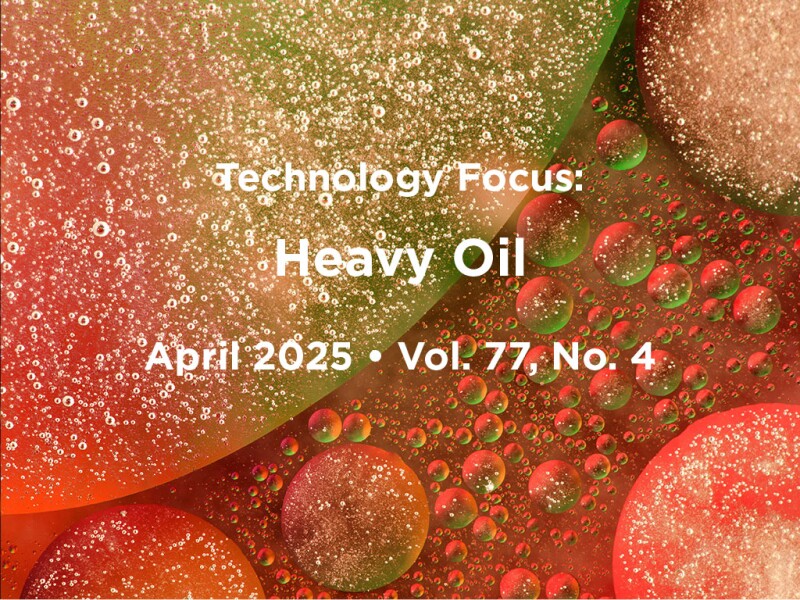In this year’s Heavy Oil feature, it’s clear that, even as many enhanced recovery techniques become established and mainstream, supporting technologies continue to march forward to allow a better and more-robust understanding of our trade.
The featured papers take an up-close look at the fluids and tools themselves that are integral to our work. The produced fluids are among the most complex, and the tools operate in some of the most demanding environments anywhere. While basic research into fluid properties of emulsions may seem fundamental, this information is as immediately applicable to our fields as the subsurface safety valves.
We start with a review of one such subsurface safety injection valve in paper SPE 223125. The particular application of the valves is in a field in Oman, where highly sour gas caps on top of heavy oil reservoirs are pressurized with steam.
In paper SPE 218145, we dive into equations of state (EOS). A new EOS is developed and compared against measured values, which may open the door to more-accurate characterization of heavy oil.
Our third featured paper provides a window on the kind of heavy oil issues seen in Pakistan. In paper SPE 219501, the authors present a close look at produced emulsions, including lab tests of composition, a pressure/volume/temperature model, and wellbore flow-assurance simulations in an effort to understand sludge formation in a heavy oil field.
It is great to see such a strong depth and breadth of ongoing work being shared here, supporting our colleagues around the world as we face increasingly important challenges in heavy oil recovery.
Summarized Papers in This April 2025 Issue
SPE 223125 Subsurface Safety Valves Prevent Self-Flow in Steam-Injection Wells in Heavy Oil Field by N. Nofali, Petroleum Development Oman, et al.
SPE 218145 Equation of State Models Phase Behavior of Systems Under Reservoir Conditions by Yunlong Li, University of Regina, et al.
SPE 219501 Robust Integrated Approach Evaluates Heavy Sludge Formation by Amaar Siyal, Mari Petroleum, et al.
Recommended Additional Reading
SPE 217853 Successful Application of Pillar Fracturing in High-Permeability Sandstone: An Injector-Well Case Study in a Heavy Oil Field by A. Quintero, Imperial Oil Resources, et al.
SPE 218027 Characterization of Wormhole Growth and Propagation Dynamics During CHOPS Processes by Integrating Rate Transient Analysis and a Pressure-Gradient-Based Sand-Failure Criterion in the Presence of Foamy Oil Behavior by Liwu Jiang, University of Regina, et al.
SPE 222085 A Hybrid Scheme for the Sustainable Production of High-Water-Cut Unconventional Extra-Heavy-Oil Reservoirs: First Simulation Predictions for the Orinoco Oil Belt-Venezuela Shows Hope by H. Belhaj, Khalifa University of Science and Technology, et al.

Marty Lastiwka, SPE, is a senior technical adviser with Steelhaus Technology in Calgary. Previously, he held positions with C-FER Technologies, Suncor Energy, and Space Engine Systems. An industry professional with experience in production engineering and thermal fluids analysis, Lastiwka has spent much of his career focused on Canada’s oil sands and offshore assets. He holds BS and MS degrees in mechanical engineering from the University of Alberta and a PhD degree in aerospace engineering from the University of Galway.

